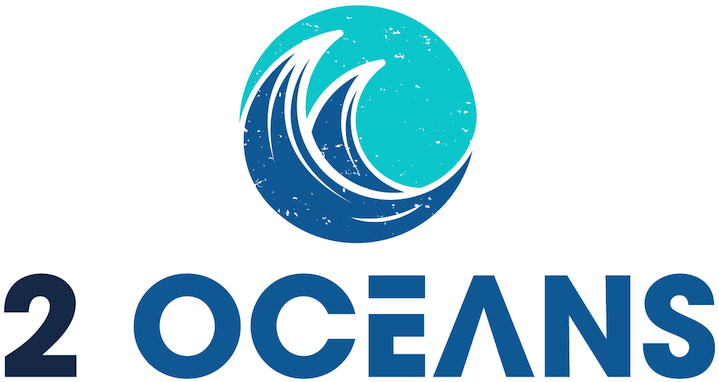Frequently Asked Questions
Embrace the unknown and never be afraid to ask “why” or “how”.
Questions are the foundation to powerful innovations and breakthroughs.
Use of a System of Solar Power Satellites, or SSPS, is part of a patent-pending hurricane-prevention concept masterminded by aerospace engineer and rocket scientist Bruce Morton. Large solar arrays situated in space would collect solar radiation and convert it into microwave energy that’s then sent back down to earth.
By focusing that microwave energy on nonsymmetrical sections of tropical depressions, we can theoretically disrupt the cycle of vertical upward and downward movement of air, water and water vapor. This destabilizes the depression, breaking it apart and preventing it from progressing into an organized tropical storm and, further down the line, a hurricane.
With all this talk about tropical depressions and how central they are to hurricane prevention, it’s important to understand what this phenomenon actually is. Tropical depressions are basically a cluster of clouds and thunderstorms arranged in a sort of spiral shape. They have low pressure in the center and are known for producing strong winds and heavy rain.
Tropical depressions are categorized by maximum sustained surface wind speeds of 38 mph or less. Once wind speeds hit 39 mph, the tropical depression is now a tropical storm. If those wind speeds continue to pick up and reach 74 mph or greater, the storm becomes a hurricane.
In 1992, Hurricane Andrew struck Southern Florida, destroying 25,000 homes, damaging over 100,000 more and leaving 26 people dead. The deadliest hurricane in the United States was in 1900, when a storm hit Galveston, Texas, and claimed the lives of as many as 12,000 residents. In September 2019, Hurricane Florence hovered over the Carolinas for days, pummeling the coast with a record 35.93 inches of rain in Elizabethtown.
From surge flooding to high winds, hurricanes cause an extraordinary amount of damage. Death, financial ruin and entire communities swept into chaos. SSPS could help mitigate that destruction or even prevent it entirely, saving lives, homes and even entire communities from disaster.
Tropical depressions got their name because they originate over tropical or subtropical waters and therefore aren’t hovering over well-populated areas. That said, it’s always possible that people could be nearby, especially those in boats or airplanes. There is already a system in place to identify and track tropical depressions and then send warnings to any ships or aircraft in the vicinity. SSPS would emulate that process, sending warnings to anyone in the area before using the microwave energy to target the depression.
The network’s total capacity would be thousands of megawatts — that’s several times more than Three Mile Island’s nuclear power plant, which sits at about 829 megawatts. Of course, until SSPS is a reality and we’re able to complete a full range of analysis, modeling, testing and demos, it’s difficult to determine how much power we’ll actually need to disrupt tropical depressions. It could be less than estimated. Either way, excess energy not used for hurricane prevention could be used to power the SSPS or other outside entities, creating a new earth-based, solar-powered, environmentally friendly fuel source.
Expensive? Yes. But likely significantly less than the current cost of hurricane damage and reconstruction. While there is no specific price tag attached to a System of Solar Power Satellites and the microwave energy system as yet, the cost of rebuilding after Hurricanes Harvey and Irma was estimated at a staggering $150 to $200 billion. There’s also the time factor; New Orleans still isn’t fully recovered following Hurricane Katrina’s path of destruction in August 2005, which caused a then-record $125 billion in damage. With hurricanes rising in intensity, these numbers can also be expected to grow.
Recent advances in commercial space launch capability help make SSPS more affordable. It also has the potential to pay for itself. Outside of hurricane season or whenever the microwave energy is not being used to disrupt tropical depressions, that energy could be used to create earth-based green energy by focusing the microwave energy on an earth based solar array farm to generate electricity.
Total cost would possibly be on the order of $14 Billion. Prior to the advent of commercial launch capability, this estimate would likely have been an order of magnitude higher. Also, the total cost would be mitigated by avoiding and saving many billions of dollars in hurricane recovery and reconstruction costs, and also by the money generated from the production of renewable energy.
